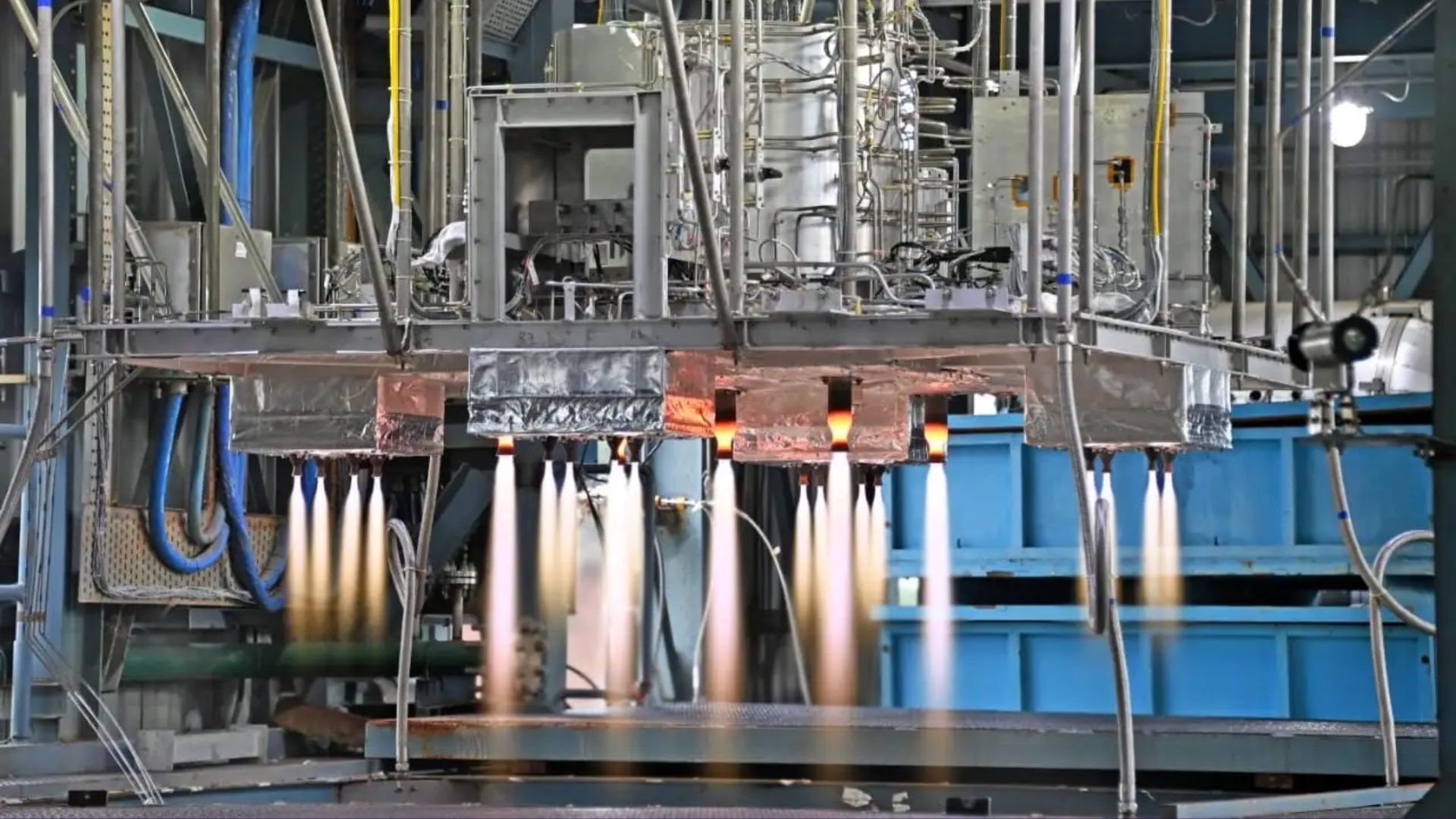New Delhi: ISRO has successfully conducted two short duration hot tests of 30 and 100s duration of the Service Module Propulsion System (SMPS) for the Gaganyaan programme at the ISRO Propulsion Complex in Mahendragiri. The engines were fired on a test article to evaluate the overall performance of the propulsion system, which closely matched the pre-test predictions. The Reaction Control System (RCS) thrusters were fired in steady state and pulsed modes during the 100s test, with the Liquid Apogee Motors (LAM) successfully demonstrating the capabilities for orbital adjustment manoevures. The Service Module is attached to the Gaganyaan crew module, with similar modules used for spaceships such as the SpaceX Dragon, the Boeing Starliner and Orion.
The development of the Gaganyaan SMPS is being led by ISRO’s Liquid Propulsion System Centre. The SMPS system is critical for providing orbital manoeuvring capabilities to the Gaganyaan Orbital Module, as well as specific abort scenarios. There are five LAM engines, each providing 440N of thrust, and 16 RCS thrusters, each providing 100N of thrust. The SMPS test article incorporated improvements based on earlier hot test to simulate the propulsion system under conditions closer to flight. ISRO intends to conduct a full-duration hot test because of the confidence in the hardware gained by the successful short-duration hot test.
The Gaganyaan Programme
The Gaganyaan Programme is ISRO’s ambitious effort to fly humans to Earth orbit using domestic hardware. There are eight flights planned at roughly the cadence of six months apart, with the first being an uncrewed flight with an unpressurised crew module. ISRO began stacking the human rated Launch Vehicle Mark 3 (LVM3) in December 2024, and is also preparing the Crew Module for the flight. ISRO is currently aiming to launch the first Gaganyaan flight in Q4 2025. This is a tentative ‘no-sooner than’ date. The first crewed flight is currently slotted for 2027.
